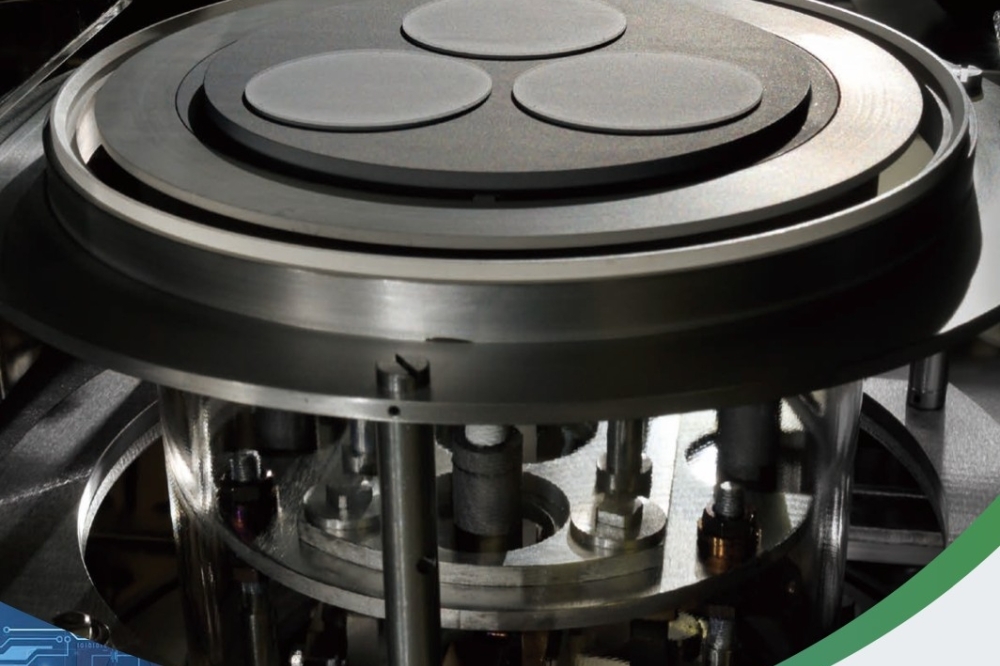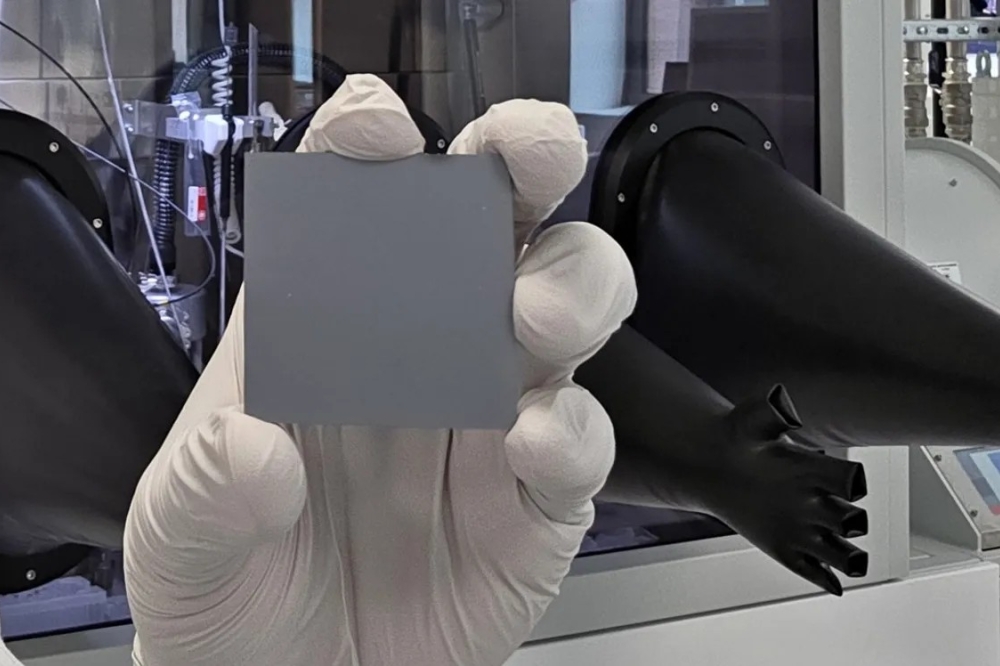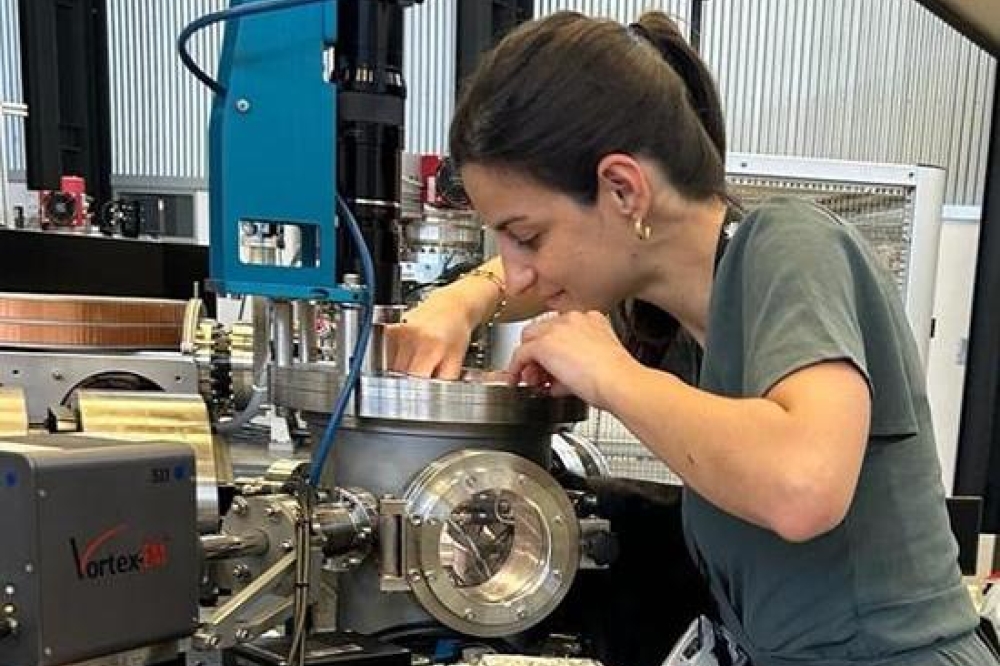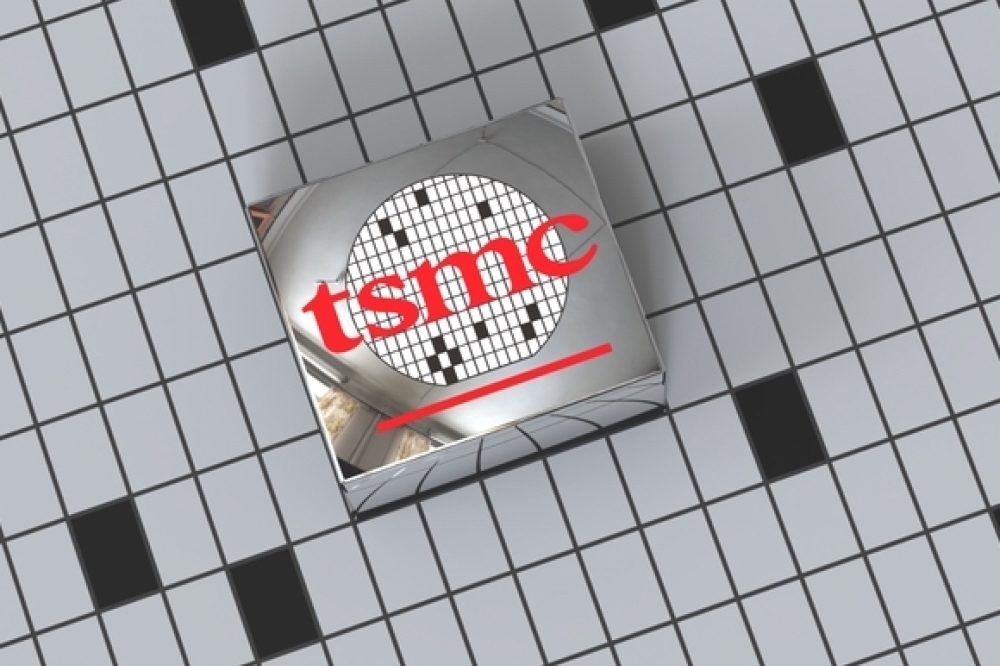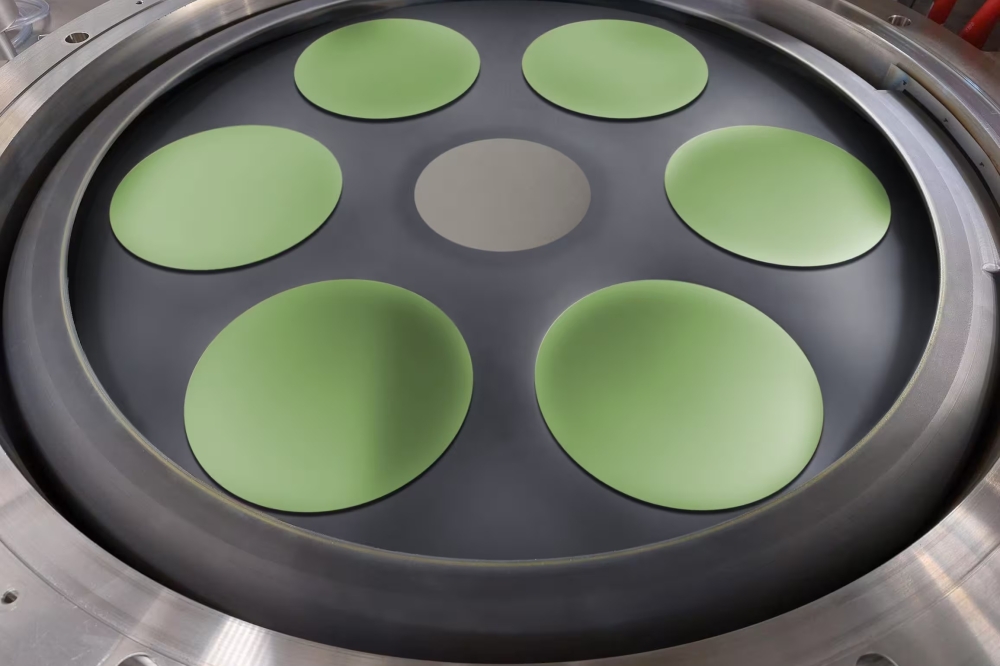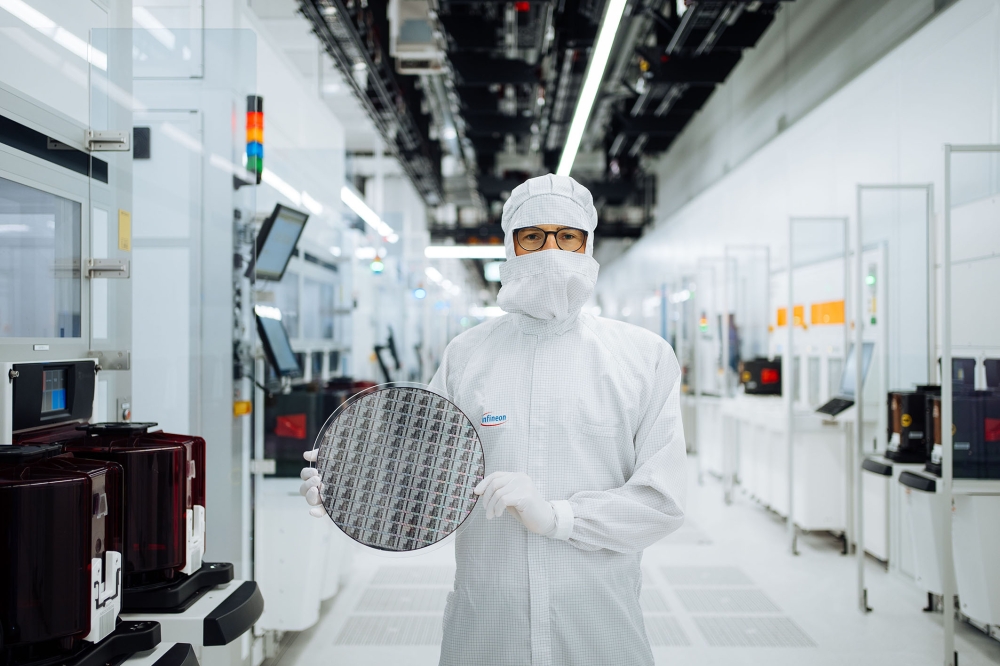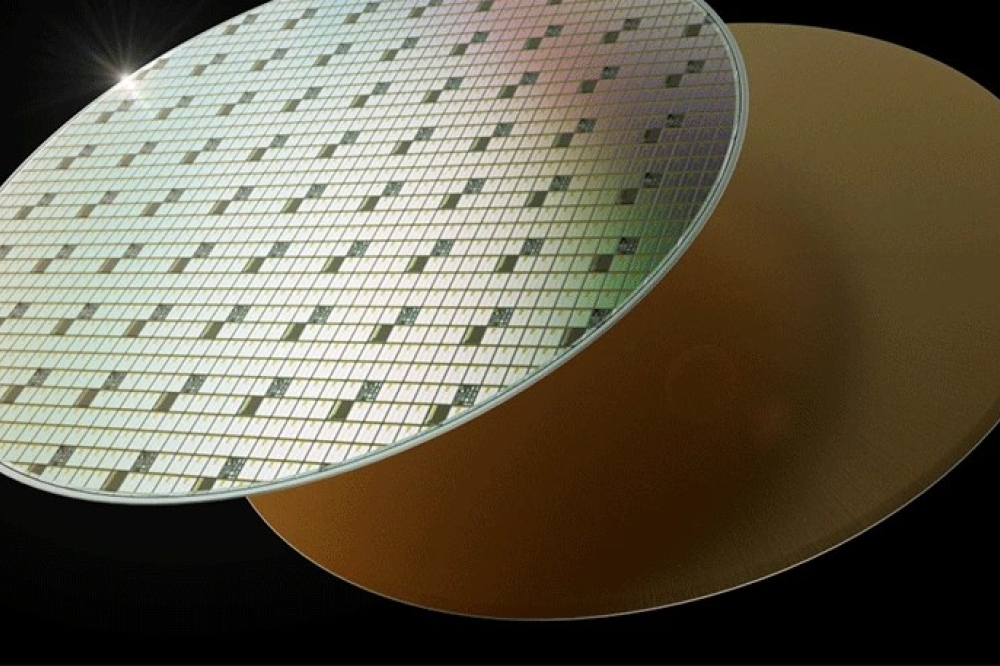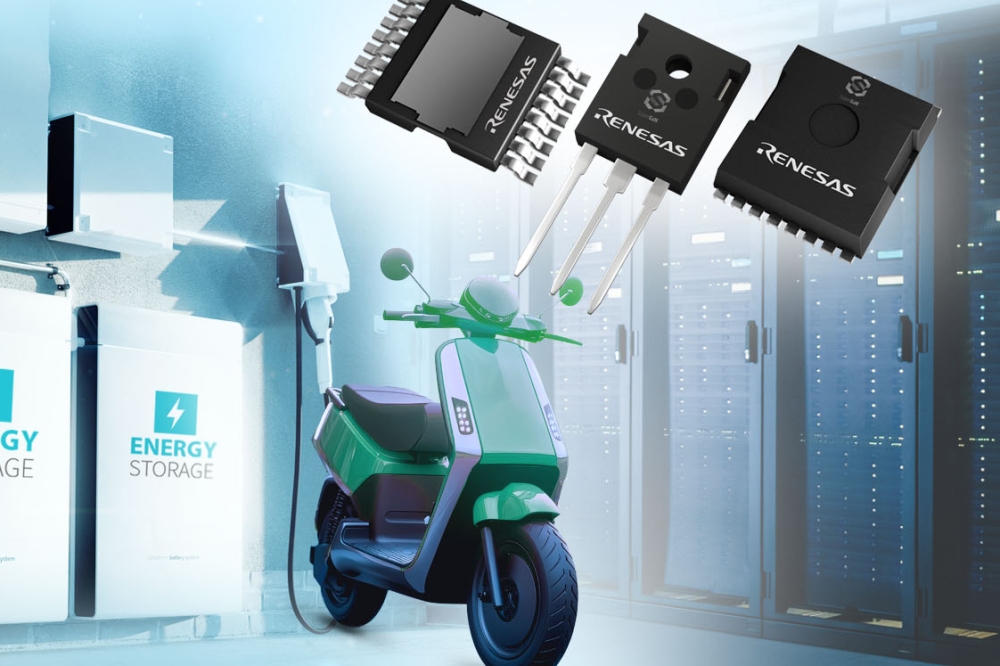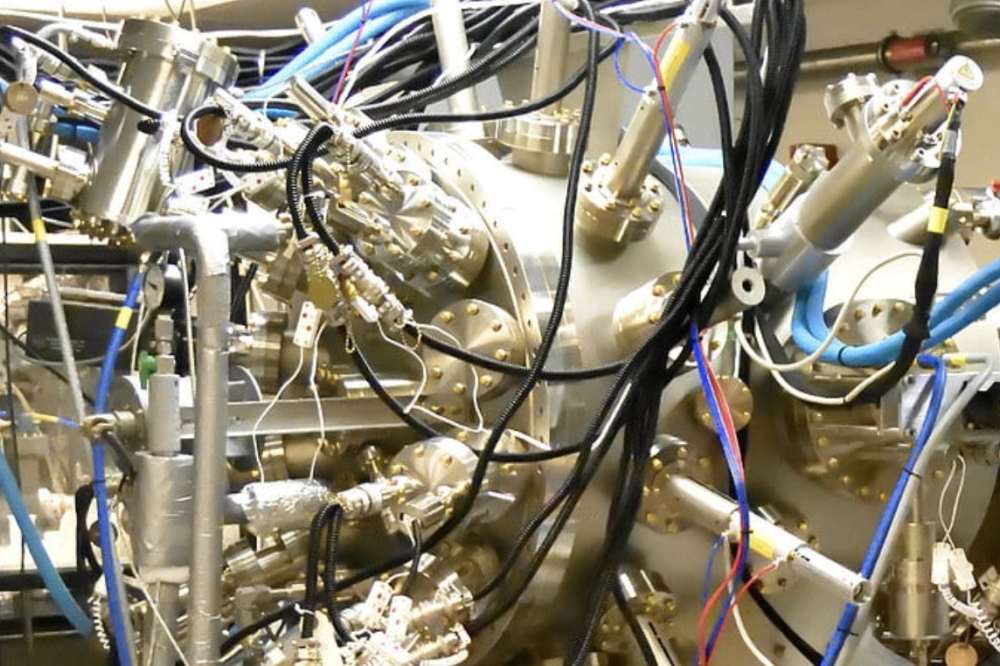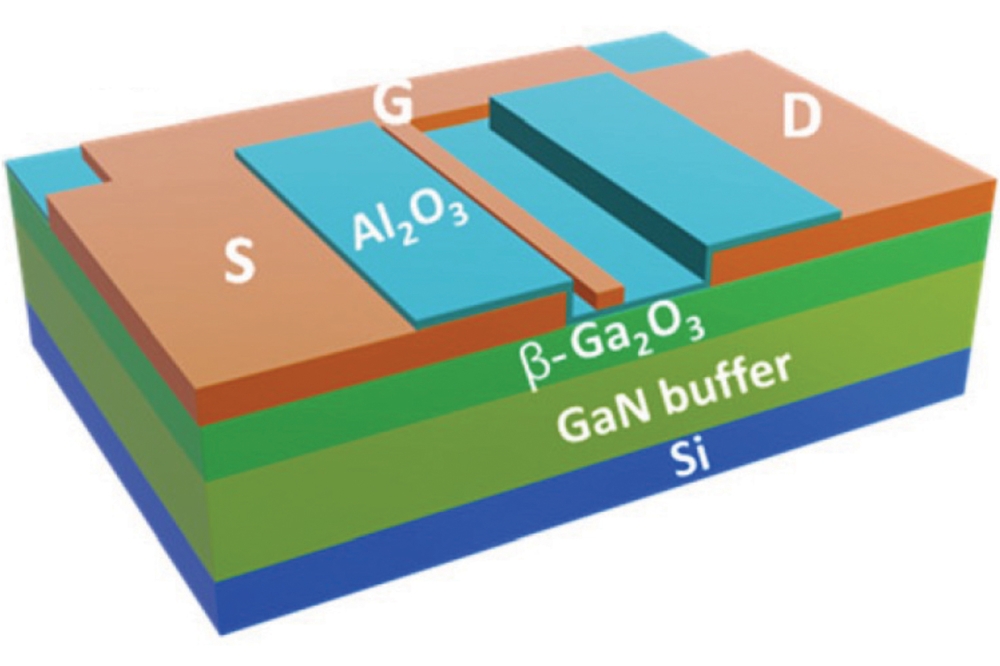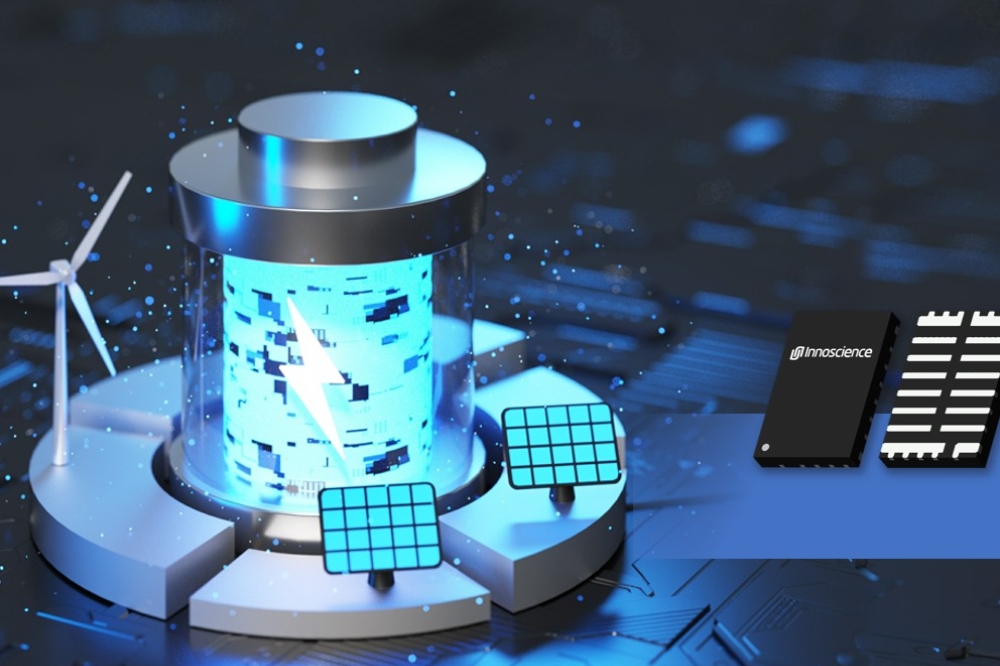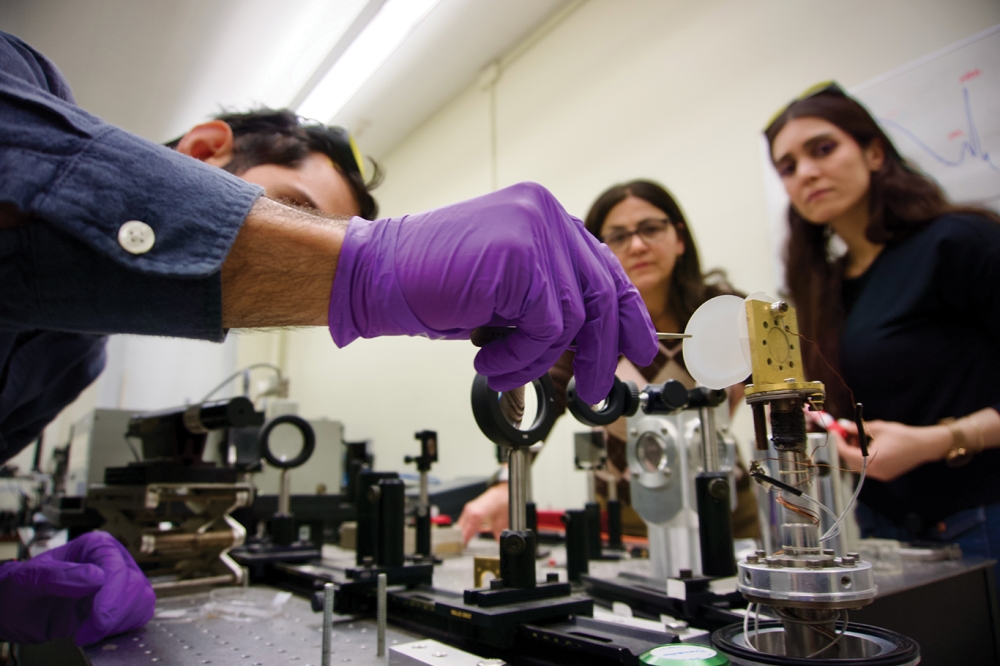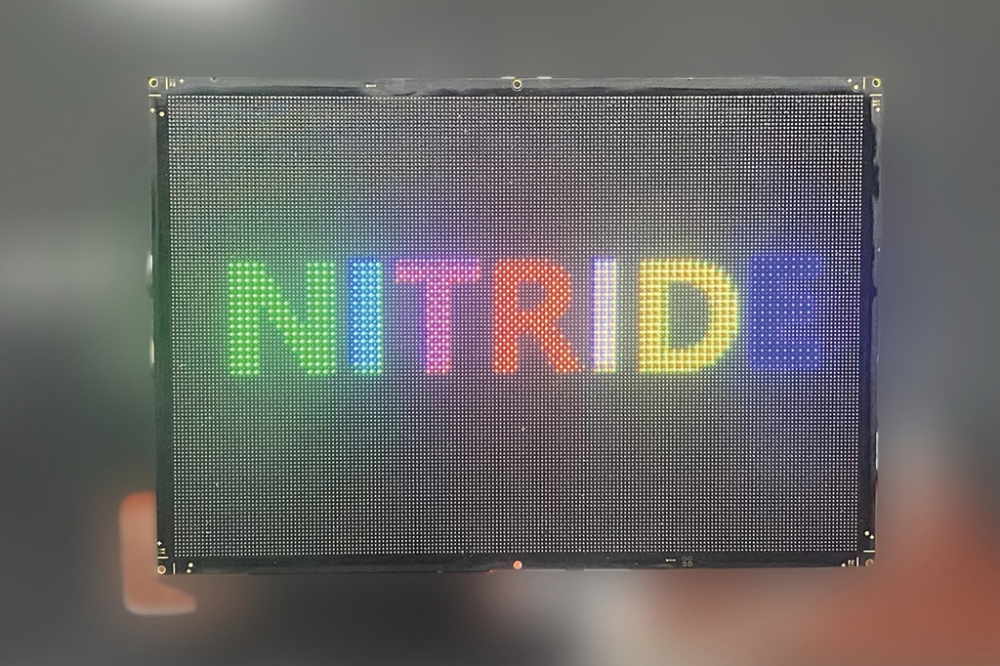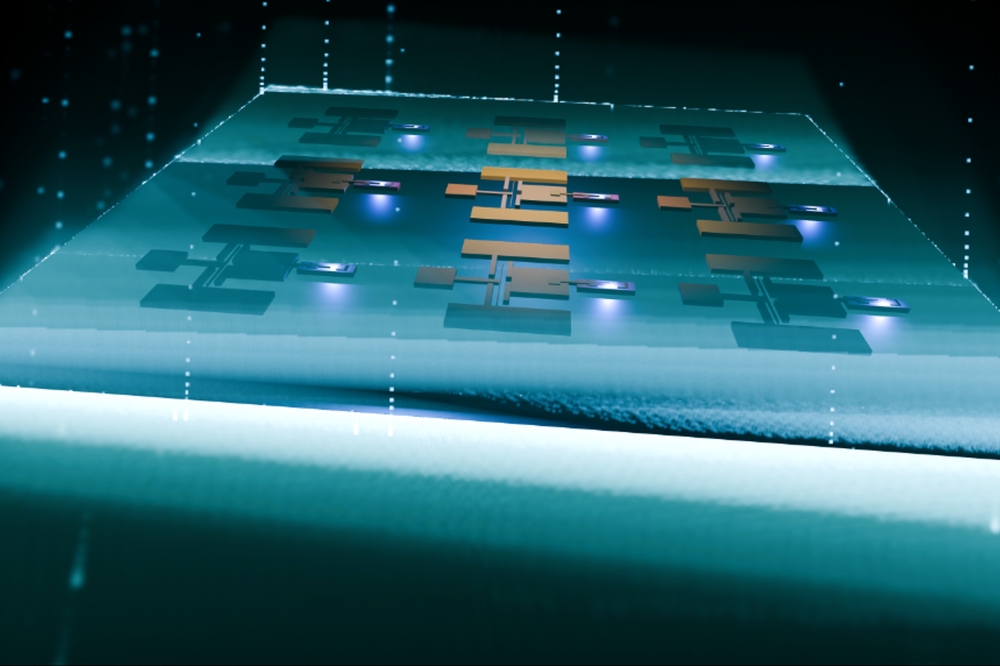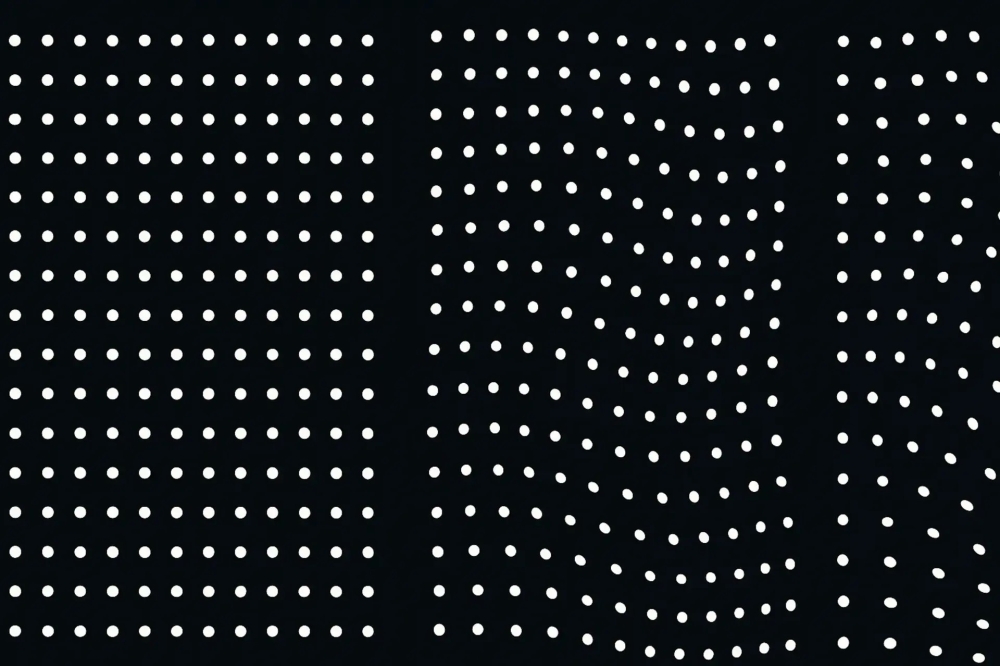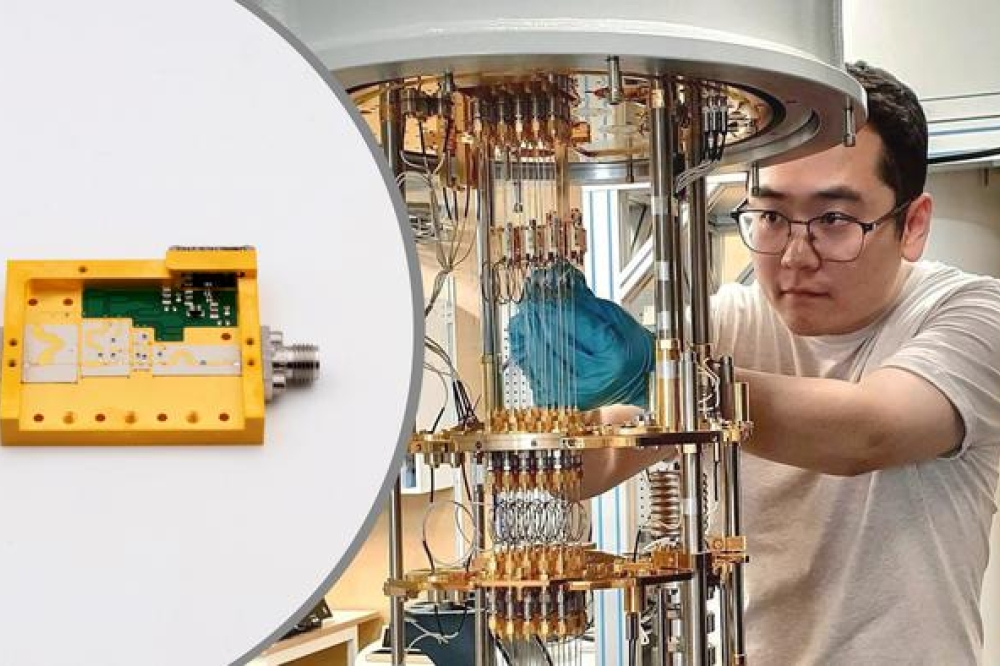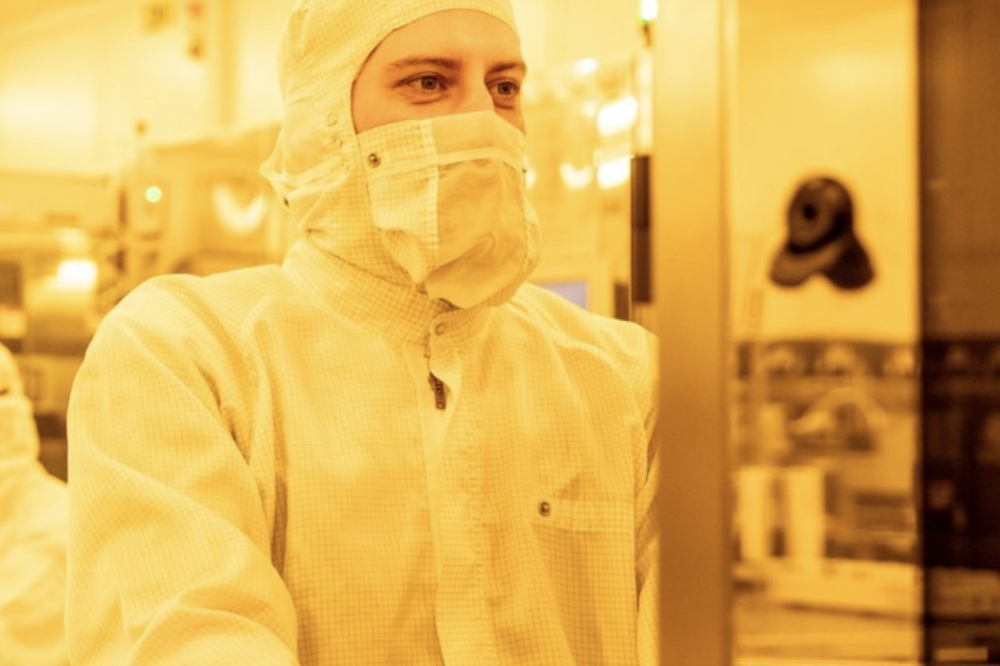Perovskite cells power palm-sized drone
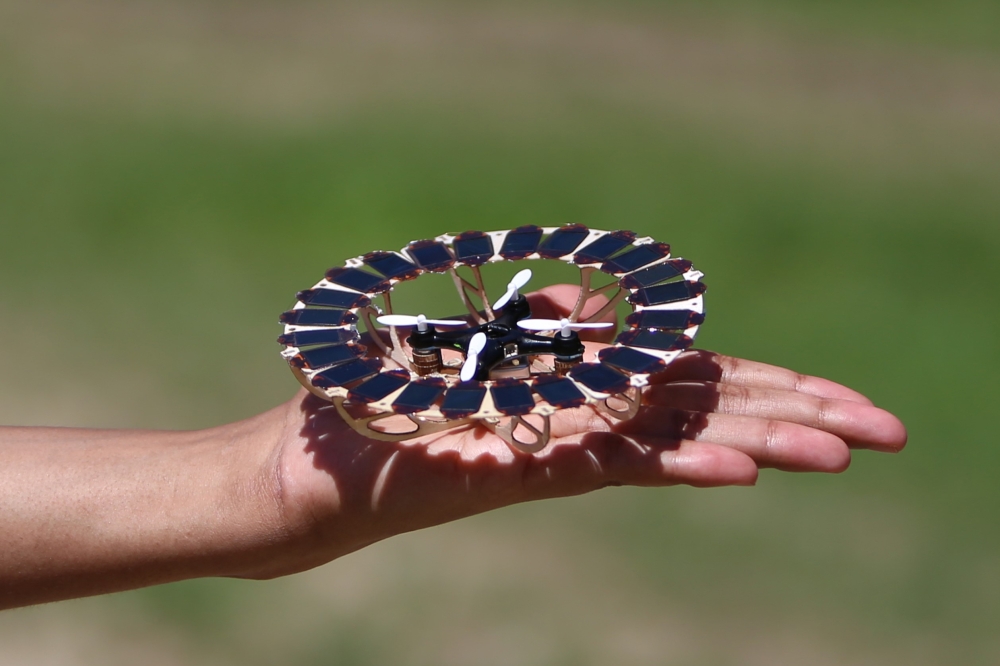
Austrian team uses lightweight quasi-2D perovskite solar cells to generate a power output of up to 44 watts per gram
Researchers at the Johannes Kepler University in Linz and the Linz Institute for Organic Solar Cells in Austria have developed ultra-lightweight quasi-2D perovskite solar cells with a power output of up to 44 watts per gram. Less than 2.5µm thick, the solar cells deliver 20.1 percent efficiency.
The research 'Flexible quasi-2D perovskite solar cells with high specific power and improved stability for energy-autonomous drones' was published in Nature Energy on the 17th April 2024.
In order to create operationally reliable, highly stable, and flexible solar cells with a high power-to-weight ratio, there needs to be a balance between low gas and moisture permeability, a high degree of flexibility and transparent plastic substrates combined with sturdy photovoltaic materials.
The researchers say that the cells' operational stability was significantly improved by applying a transparent aluminium oxide layer to the thin film and then optimising the solar cell material itself.
To demonstrate their new technology's capabilities, researchers fitted a palm-sized, commercial quadcopter drone (pictured above) with 24 of these cells, making up 1/400 of its total weight.
The configuration enabled the drone to operate self-sufficiently and perform consecutive charge-flight-charge cycles without wired recharging.


